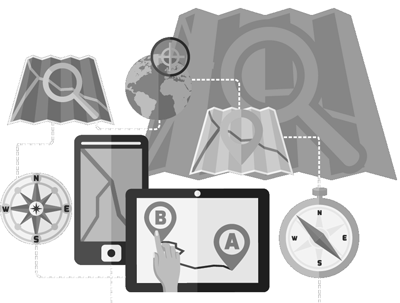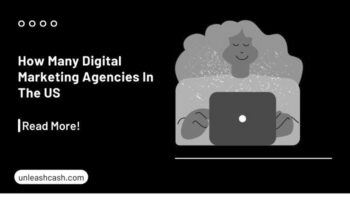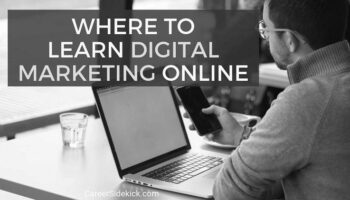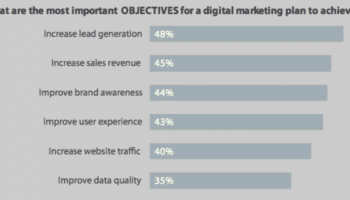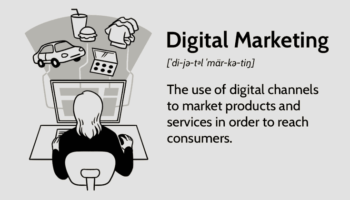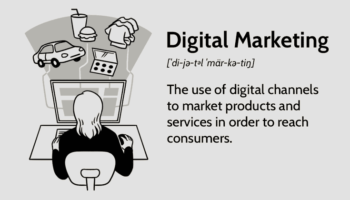Local Internet marketing can be done in several ways, including blogs to post local events updates. Using social media platforms is also beneficial for local Internet marketing. The key is to find a strategy that works for you and your business. This article will cover Pay-per-click ads, Social media, and Website Optimization.
Pay-per-Click ads
Pay-per-Click ads for local Internet marketing are an excellent way to promote your business. These ads are highly targeted and can be tailored to your budget. They can also help you increase your brand awareness because they target the people most likely to purchase your products or services.
You can optimize local PPC ads to increase your conversion rate by choosing specific keywords and search queries that match your business location. This will ensure that your ad is shown to people interested in your products and services. In addition, local PPC ads are inexpensive because you only pay for clicks when someone clicks on them.
Before starting a PPC campaign, ensure you have a realistic budget for each ad you create. Your budget should be based on the nature of your business, your industry, and the geographic location where you plan to target your potential customers. It will also depend on the number of products or services you advertise. Your monthly budget will determine how much you spend on local PPC ads, and you may have to adjust it daily as you see more or fewer customers come through.
Another critical factor in pay-per-click is the quality of your ads. The higher the quality of your ads, the lower the cost per click. Depending on the quality of your ads, you can bid higher or lower on specific keywords to increase your chances of getting suitable placement.
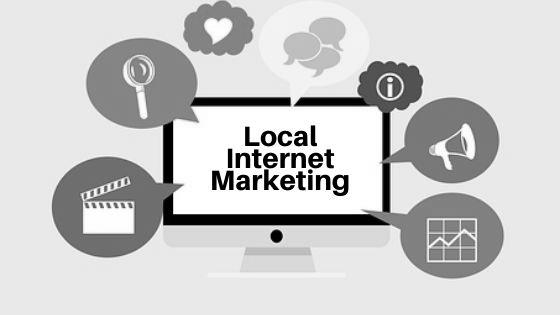
In addition to optimizing your website for local search, you can improve its visibility and organic clicks by creating and publishing quality content. However, this type of digital marketing requires time and effort. In addition, it can be expensive for a firm, especially if you’re in a crowded market. Using LSAs for local internet marketing allows you to get more leads while lowering your advertising costs per lead.
User-generated content
User-generated content is a great way to engage consumers. It can be used for various reasons, depending on your business, product, service, and marketing budget. Here are a few ways to leverage it for your local Internet marketing strategy:
- You can use it as a form of social proof and social reach.
- It can increase engagement and trust from your target audience.
- It’s often free!
User-generated content (UGC) can come from various sources, including social media, video, and text. The source of UGC will vary depending on your brand and goals, but consumers contribute the most to UGC. These consumers share their ideas online, often in response to a request from a company or brand or on their own. Examples include product reviews, video reviews, and pictures of customers wearing or using a product.
Another great source of UGC is student performance content. This content can include digital images, video clips, and chat logs. It can also include student-generated content like book reviews, discussion boards, reflection journals, and diaries. Video-sharing websites like YouTube are another popular source of UGC. This type of content doubles the chances of being shared by other users.
User-generated content is a fantastic way to build a brand tribe. Many consumers want to be loyal to their favorite brands, and a great way to do that is to empower satisfied customers to become advocates for your brand. Make sure to provide these users with tools and resources to help them build a community around your brand and become brand ambassadors.
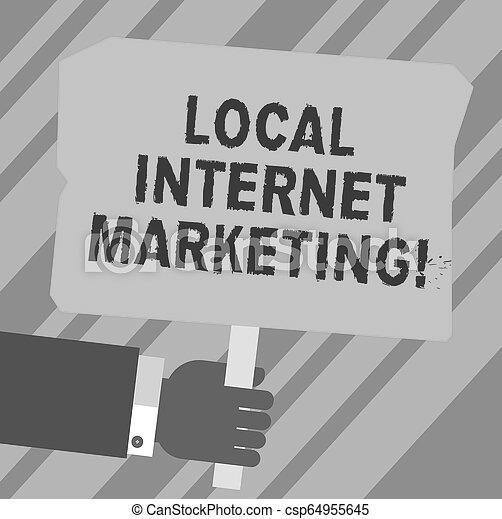
Optimizing your website
Local internet marketing involves optimizing your website to appeal to local consumers. To succeed with this marketing type, it is essential to understand your target audience. Many small businesses have trouble identifying their target audience. While age and gender may be necessary, there is much more to the profile of your potential customers.
First, you must consider the speed of your site. Page speed is a significant factor in Google’s ranking algorithm. Having a slow website can damage your SEO. Fortunately, free tools are available to help you identify issues and bottlenecks. These tools grade your website’s speed, count HTTP requests, and highlight common bottlenecks.
Next, make sure your website is mobile-friendly. This is essential because customers often use mobile devices to browse the web. If your website is not mobile-friendly, it can cause users to experience a frustrating experience. However, if your website is mobile-friendly, you can boost your first impression among customers.
Besides increasing website traffic, local SEO also helps increase conversions and leads. In addition, it can help you compete with more prominent national brands. Big brands tend to optimize for broader keywords and rely on their brand recognition and value proposition to attract visitors. However, local search accounts for 35% of all online traffic.
Another critical aspect of website optimization is its content. Make sure that your website contains content relevant to your business. For instance, you should include an FAQ page and contact information. Also, your website should have a visually appealing design that makes browsing easy. Moreover, you should also optimize your content for local search.
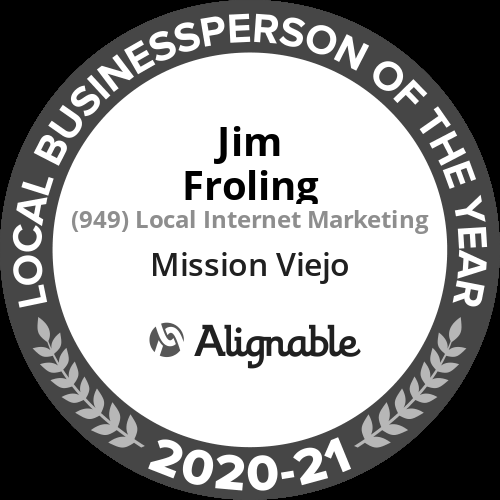
Social media platforms
Local businesses can use several social media platforms to drive traffic to their website. Among these is Facebook, the most popular social media platform in the US. It allows users to interact with one another and share helpful content, such as photos and videos. Creating a Facebook page is a great way to promote your business locally and attract new customers. Another social media platform that is great for local companies is YouTube. This site allows users to upload videos, which are often educational and visual. Over half of people use the platform to watch tutorials.
The number of people using social media is increasing. It is estimated that by 2020, there will be three billion active users worldwide. The leading social media platforms include Facebook, LinkedIn, Twitter, and Instagram. These platforms have completely changed the way people communicate. You’re missing out on potential business opportunities if you’re not communicating with your customers on these platforms.
Moreover, many consumers now expect fast response times. For example, Facebook has a “messenger bot” feature that lets customers communicate with businesses. Furthermore, marketers can create programmable bots responding to their customers immediately. This feature allows them to reach the most targeted customers at the lowest costs.
Instagram is another social network that is popular with local businesses. This platform is primarily visual, with over 400 million users. This platform is also mobile, making it ideal for companies with strong visual content.
Google+ Local
The first step to Google+ Local Internet Marketing is to optimize your listings. Search engine optimization (SEO) is an integral part of internet marketing, mainly when you are focusing on local consumers. The information you provide in your listing will appear wherever a user searches for a particular topic. Optimizing your listings can increase your search engine rankings and generate more leads.
One of the easiest ways to optimize your listings is to collect positive reviews. If you receive several positive reviews, your Google+ Local page will be ranked higher in the search results. This will attract new business, and it will convert searchers into customers. Consumers are more likely to buy from a company with a positive review.
Google+ Local has become a popular Internet marketing tool. Previously known as Google Places, this new service combines social media with search engine results. If your business has a Yellowpages listing, it already has a Google+ page. Google scraped the Yellowpages and added the data into its system.
One of the most significant advantages of Google+ is the integration with the search engine. It uses +1s to determine search results, so it’s important to post relevant content to gain +1s. Also, the social media platform has active communities, which can help your niche audience grow. This means your business will be able to connect with the people who are interested in your niche.
